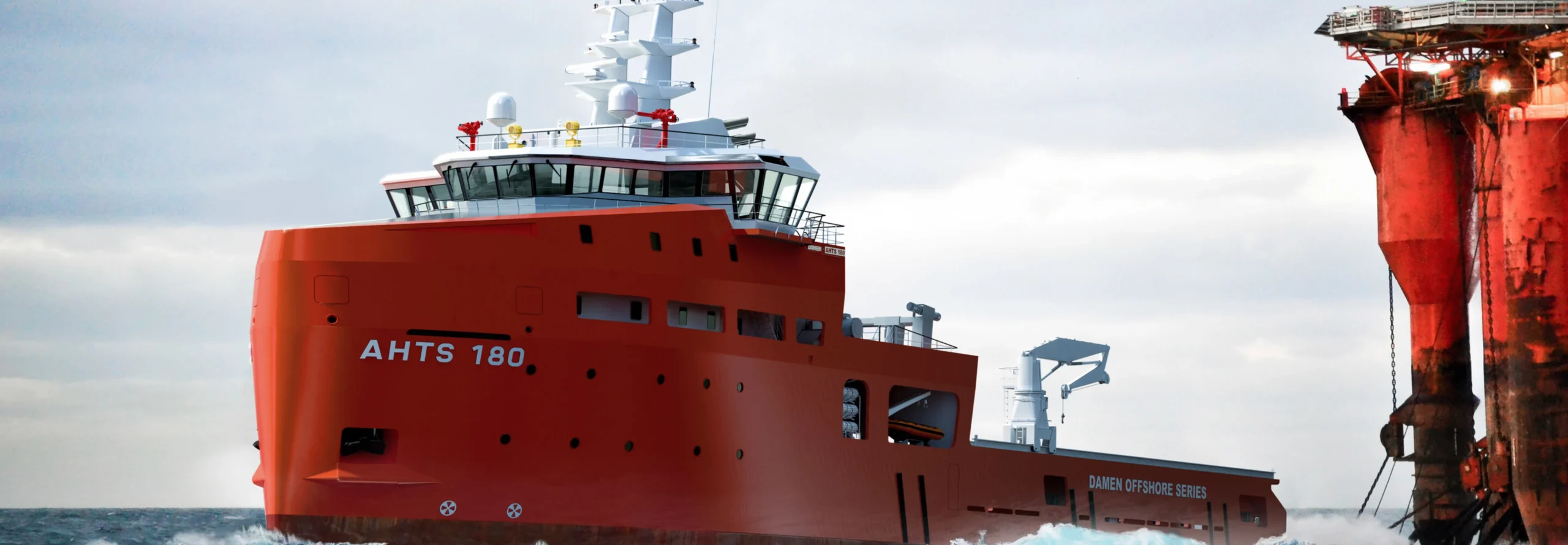Launch and recovery operations are critical activities in the marine industry, involving the safe deployment and retrieval of vessels, lifeboats, or rescue craft. Whether conducted from a ship, offshore platform, or coastal facility, these operations require meticulous planning, specialized equipment, and well-trained personnel to manage the dynamic marine environment effectively.
Understanding Launch and Recovery Operations
Launch and recovery involve transitioning vessels from a protected area (such as a ship’s deck or a dock) into open water—and vice versa. These activities are essential for routine operations, emergency evacuations, and maintenance procedures. However, the inherent challenges of working with heavy vessels, variable sea conditions, and complex mechanical systems demand robust safety measures.
Common Hazards
1. Environmental Challenges
- Rough Sea Conditions: High waves, strong currents, and wind can affect vessel stability during launch and recovery.
- Reduced Visibility: Fog, rain, or nighttime conditions can impede navigation and hinder communication between crew members.
2. Mechanical and Operational Hazards
- Equipment Failure: Mechanical breakdowns in davit systems, cranes, or winches can lead to uncontrolled vessel movements.
- Improper Securing: Inadequate lashing or failure to secure vessels properly may result in sudden shifts, causing injuries or damage.
3. Human Factors
- Fatigue and Stress: Extended operations, particularly in adverse weather, can lead to fatigue, reducing operator performance and situational awareness.
- Communication Breakdowns: Miscommunication between onboard teams or between the vessel and shore can compromise the coordination of critical tasks.
Best Practices for Safe Launch and Recovery
Engineering and Equipment Controls
- Robust Davit and Crane Systems: Use well-maintained, high-capacity davit systems and cranes designed specifically for launch and recovery operations. Ensure all equipment is regularly inspected and certified.
- Automated Controls: Implement automated or semi-automated systems that assist with the precise positioning and handling of vessels, reducing the reliance on manual operations.
- Redundant Safety Features: Equip systems with redundant safety mechanisms, such as backup winches and emergency release systems, to prevent uncontrolled vessel movement in case of equipment failure.
Administrative and Procedural Controls
- Detailed Operational Procedures: Develop and enforce comprehensive standard operating procedures (SOPs) that cover every step of the launch and recovery process. Include contingency plans for equipment failures and adverse weather conditions.
- Pre-Operation Risk Assessments: Conduct thorough risk assessments before initiating operations, considering weather forecasts, sea state, and equipment status.
- Permit and Authorization: Ensure that all launch and recovery operations are authorized and documented, with clear roles and responsibilities defined for each team member.
Training and Communication
- Specialized Training Programs: Provide hands-on training for operators and crew on the specific equipment and procedures used during launch and recovery. Include simulations and drills to build confidence and competence.
- Effective Communication Systems: Utilize reliable communication systems (e.g., marine radios, intercoms) to facilitate real-time coordination between the vessel, platform, and shore-based teams.
- Regular Drills: Conduct periodic emergency drills focused on launch and recovery scenarios to ensure that all personnel can respond quickly and effectively to unforeseen events.
Environmental and Weather Monitoring
- Real-Time Weather Data: Leverage advanced weather forecasting and real-time monitoring tools to assess sea conditions continuously. Adjust operations accordingly to minimize risk.
- Environmental Sensors: Use sensors to monitor wave height, wind speed, and current strength, integrating this data into operational decision-making processes.
Emergency Preparedness and Response
- Emergency Evacuation Plans: Develop clear evacuation and rescue plans specific to launch and recovery operations. Ensure all crew members are familiar with these procedures.
- On-Scene Medical Support: Have medical kits and trained first responders readily available during operations, particularly in remote or offshore settings.
- Post-Incident Reviews: After any incident or near-miss, conduct a thorough review to identify root causes and implement corrective actions to prevent recurrence.
Conclusion
Marine launch and recovery operations are inherently complex, with numerous environmental, mechanical, and human factors contributing to potential hazards. By implementing robust engineering controls, establishing clear operational procedures, providing specialized training, and leveraging advanced monitoring technologies, organizations can significantly reduce risks and ensure safe vessel handling.
Prioritizing safety in launch and recovery operations not only protects lives and equipment but also enhances overall operational efficiency and reliability in the challenging marine environment. Embracing these best practices is essential for fostering a resilient safety culture in the marine industry.
Discover more from HSEProHub
Subscribe to get the latest posts sent to your email.



